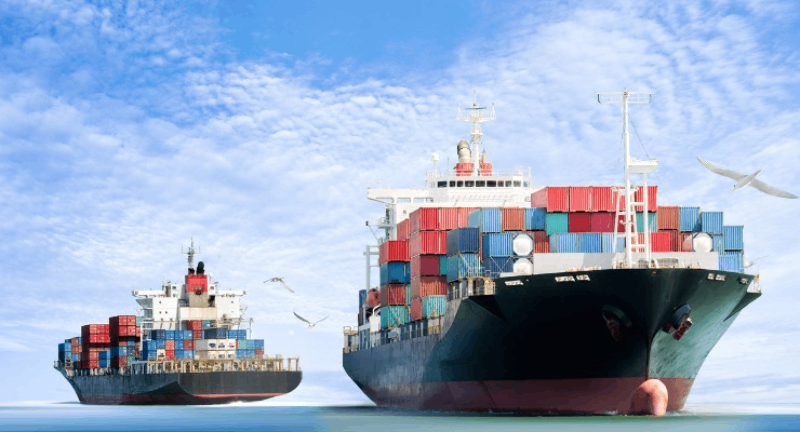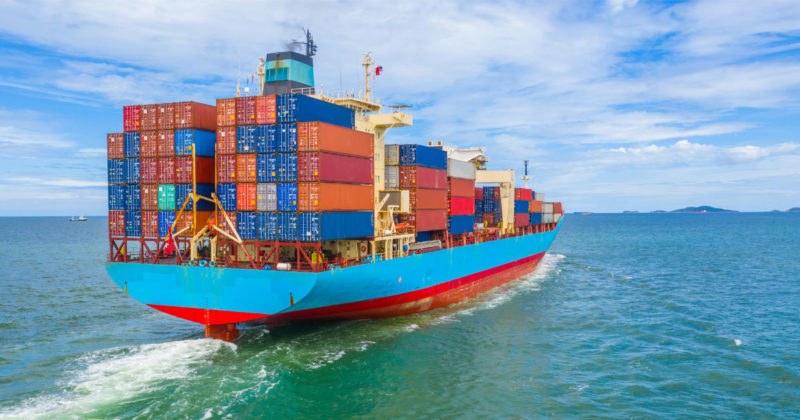Welcome to GLA! Leading the global logistics alliance.


Your location:Home > News > 2% of the world's transportation capacity is trapped in Europe, and European trade may be affected
Time:2022-07-08 Publisher:Kevin Num:5710

Last month, port congestion became very serious in Europe. In particular, Rotterdam port, the largest port in Europe, has a large number of empty containers piled up on the wharf, which makes many industry insiders worried.
Recently, Kiel, a German Economic Research Institute, released the latest announcement, revealing the historical congestion of Beihai ports.
The analysis report points out that more than 2% of the global transportation capacity is at a standstill in the North Sea. Due to long-term congestion, these ships are unable to load and unload goods, which may affect the future trade results.
According to Kiel's latest data, world trade in June increased by 0.4% from last month, but the results showed that Europe performed the weakest. In contrast, the United States and China, where port congestion has eased, have seen strong growth in imports and exports.
Vincent stamer, Kiel's research director, said, "overall, Global trade showed a slightly positive trend in June. But congestion is still a serious obstacle to international trade, especially in Europe."
As the conflict between Russia and Ukraine and the epidemic blockade have thrown the global shipping market into chaos, logistics companies have been struggling for container transportation plans for months, and container transportation has fallen into chaos.
When the import of coal and liquefied natural gas in European countries surged, the congestion was further aggravated, which showed that the port infrastructure was unable to bear the surge in transportation volume.
Last month, with the increasing backlog of undelivered goods in Rotterdam port, shipping companies were forced to give priority to shipping containers full of goods.
Empty containers, which are crucial for Asian exporters, are being heavily trapped in Europe's largest export hub.

Kiel's report points out that the number of container ships passing on the red sea route is also about 20% less than normally estimated. The last time there was such a large gap, it can be traced back to the beginning of the outbreak two years ago.
Vincent stamer said, "a decisive factor may be that the negative impact of the epidemic still exists due to the 40 day flight from China to Europe."
"The congestion of container ships in the North Sea and the increasingly important railway transportation due to the new the Belt and Road initiative may reduce the ship traffic volume of the red sea route."
The latest report also stressed that the freight volume of Russian ports currently quite clearly shows that it is trying to replace European trade with Asian freight volume.
The freight volume of St. Petersburg port, where European goods arrived, continued to decline. The other two largest container ports have more links with Asian trade and are recovering to some extent.
Prev:Welcome! New Golden Member from China ———— Xiamen Overseas Container Shipping Line Co.Ltd.Next:Welcome! New Golden Member from Singapore ———— Resources Freight Pte Ltd
Recommended Membership
Latest News